We’re just one week away from new Marvel single-issue releases returning to comic shops, and The Marvel Rundown is continuing its ongoing look back at a classic from the publisher’s past. This week, Marvel’s jade giant finds himself stranded on an alien world in Planet Hulk! A first-time reader takes a look at the quintessential Hulk tale of the 2000s, which is currently available absolutely free on Comixology.
We’ve got a look back at the interplanetary Hulk epic, plus the return of the Rapid Rundown looking at one of Marvel’s new digital-only releases, all ahead in this week’s installment of The Marvel Rundown!
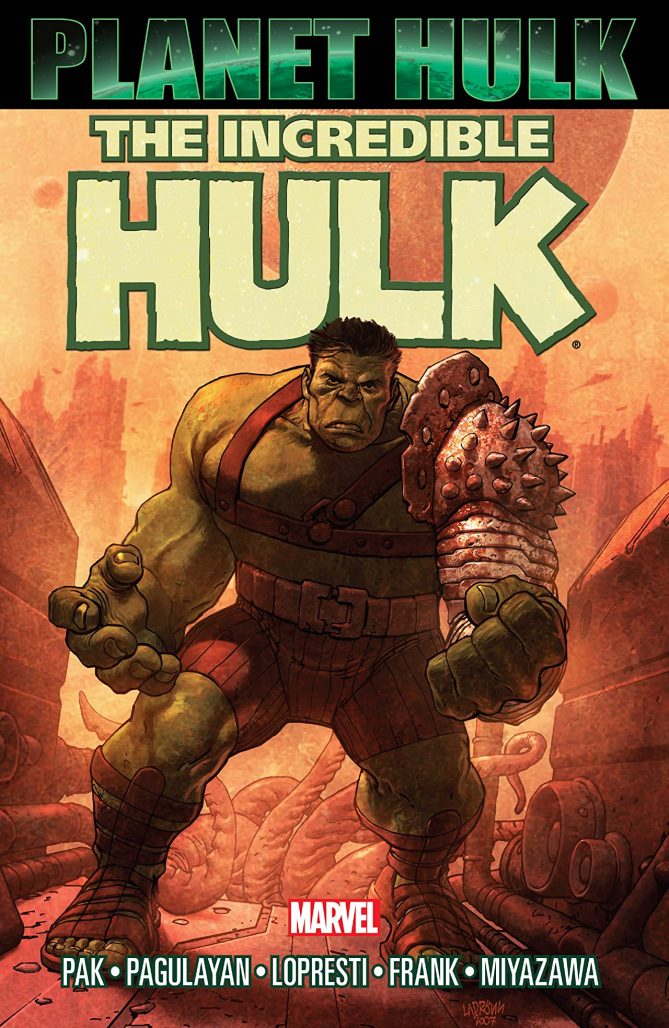
Hulk: Planet Hulk
Originally published in Incredible Hulk #92-105, Planet Hulk: Guidebook, Giant-Size Hulk #1, and Amazing Fantasy (2004) #15
Written by Greg Pak
Pencilled by Carlo Pagulayan, Aaron Lopresti, Michael Avon Oeming, Alex Niño, Marshall Rogers, Gary Frank, and Takeshi Miyazawa
Inked by Jeffrey Huet, Danny Miki, Sandu Florea, Mike Allred, Alex Niño, Tom Palmer, Jon Sibal, and Takeshi Miyazawa
Colored by Chris Sotomayor, Laura Martin, Lovern Kindzierski, and Christina Strain
Lettered by VC’s Randy Gentile and Artmonkeys’ David Lanphear
Cover by Ladrönn
Reviewed by Joe Grunenwald
When you think of a character like The Incredible Hulk, the first thing you think of probably isn’t ‘interstellar fantasy/sci-fi adventures.’ Yes, he’s been a member of The Avengers for decades, and they have their share of adventures both on and off of Earth. And he’s definitely been out in space before — it’s where he met Rocket Raccoon, after all. But at least when I think of The Hulk, I primarily think of earthbound stories of a man struggling with the monster within him, trying not to hurt anyone, probably on the run from the military. Basically, the Stan Lee & Jack Kirby version of the character. So when I sat down to read Planet Hulk for the first time, I wasn’t skeptical so much as I was generally unprepared for what was ahead of me.
From the first page, writer Greg Pak brings readers into the story with a quick introduction that literally drops Hulk right into the middle of the action. We learn the basic circumstances of how Hulk ends up on the planet Sakaar, and then it’s off to the races as Hulk embarks on a Gladiator-esque journey from slave, to warrior, to leader of the planet’s resistance. The version of the Hulk we get in this story is not one that I immediately recognized, but I warmed to him quickly. He speaks in complete, grammatically-correct sentences. He seems to be in control of his transformations, and Banner is only seen a handful of times, with Hulk the primary focus of the story. He doesn’t seem to be Smart Hulk, or any of the other Hulks I recognize. I adjusted pretty easily to not knowing immediately which version of the character I was reading, though.
Planet Hulk relies on fairly recognizable tropes — the proud, power-hungry dictator; his loyal lieutenant who begins to have second thoughts as a new leader emerges; a scrappy band of rebels banding together to take down an empire — but it presents them in such a way that they’re not stale. Pak introduces a literal planet-worth of new characters and races, nearly all of whom read as if they have fully-formed backstories and personalities that the reader just hasn’t learned about yet. The least developed character is probably The Red King, the aforementioned dictator of Sakaar, but once you recognize that he’s basically just an entitled brat the rest of the gaps fill themselves in pretty well.
On the visual side of things, the primary pencillers on this story are Carlo Pagulayan and Aaron Lopresti, and they have their work cut out for them. The scale of this story is enormous, and both artists have their fair share of new creatures, technology, and locales to design, and they knock all of it out of the park. The two artists’ styles, along with the inks by Jeffrey Huet, Danny Miki, and Sandu Florea, complement each other well, to the point that I didn’t notice where one’s work ended and the other’s began. Their storytelling is clean and straight-forward, and they nail the big moments when Hulk finally gets to the smashing as well as the quieter moments between Hulk and his band of fellow rebels. A cavalcade of supporting artists, including Gary Frank, Michael Avon Oeming, Mike Allred, and Marshall Rogers also contribute pages to this story, most in flashbacks recounting the origins of Hulk’s new group of friends.
As if all of that isn’t enough, the Planet Hulk collection also includes a pair of stories starring Amadeus Cho. I know him now as the former Totally Awesome Hulk and current Brawn, but the tales presented here includes the character’s Pak-written and Takeshi Miyazawa-drawn introduction in Amazing Fantasy #15 (not that one, the newer one) and a Frank-drawn story featuring Cho and Reed Richards that touches on elements of Hulk’s journey and sets up things that I know were to come. Having no familiarity with Cho’s earlier appearances, it was fun to see those here, and to see how fully formed he was from the get-go.
If I have any complaint about Planet Hulk, it’s that I feel like I really only got a part of the story. A lot happens over the course of this fourteen-issue story, and the ending that we’re presented with is gut-wrenching and utterly tragic, and unfortunately incomplete. Within the pages of this book, there’s no resolution to the events at the end of the story. Planet Hulk feels like two acts of a three-act story that concludes in World War Hulk (which I will definitely be reading), and that’s fine. It’s the nature of serialized storytelling for one thing to lead directly into the next. But from the standpoint of someone reading a collection, hoping to get a complete story, it’s a little disappointing. At least I know where to go next to get the rest of the story (though I’m sure World War Hulk will itself probably just lead into the next story, and the next, and the next, ad infinitum).
The cliffhanger ending aside, Planet Hulk was a hell of an entertaining read. It’s a Hulk story that was way outside of what I usually expect, but I still recognize that, at its essence, it gets to the heart of the character, while presenting him in a new light. And as I mentioned before, it definitely made me want to find out what happens next, which I think is really the best thing you can take away from a mainstream superhero comic.
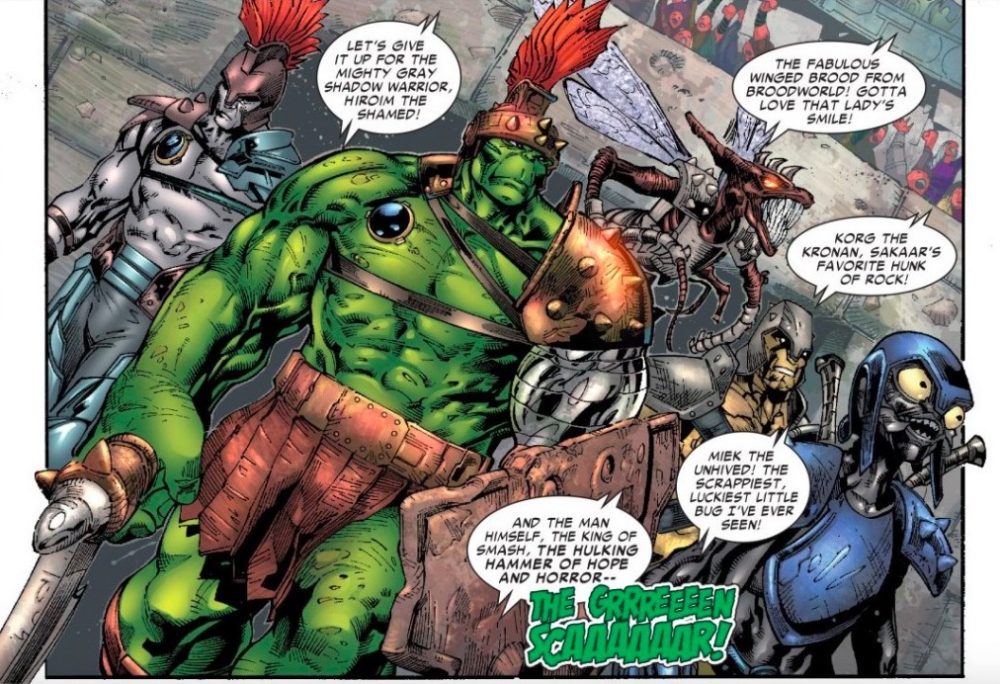
Rapid Rundown!
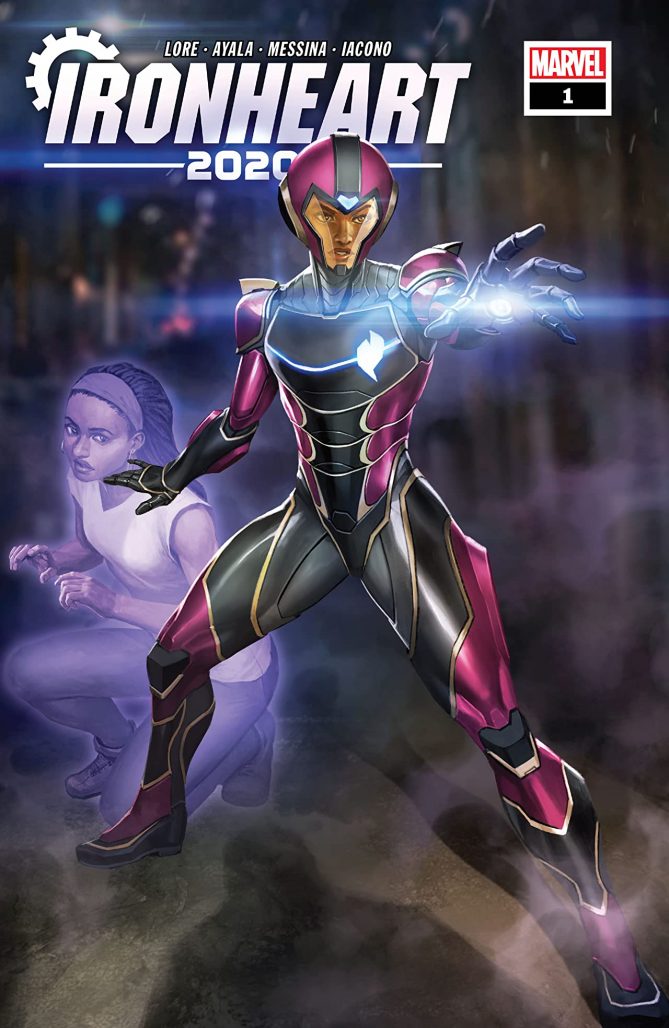
Ironheart 2020 #1
-
- Following the events of Outlawed #1, teenaged superheroes are banned, and super-genius Riri Williams has given up being Ironheart. This issue also touches on the current status of A.I.s in Iron Man 2020, with Arno Stark’s war against them, and N.A.T.A.L.I.E., Riri’s A.I. partner/friend’s feelings on both of these events. The writing team of Vita Ayala & Danny Lore puts in solid work with believable dialog and reasoning for Riri’s choices in dealing with the ban. David Messina and Mattia Iacono‘s artwork and colors are slick, and they use some cool patterns that give the art a manga-style texture or flair that works with the quiet panels as well as the action. This book is a decent read for regular readers, but for fans who aren’t up on the current status quo this isn’t the jumping-on point for the casual reader. — GC
Next week: new single-issues are back!


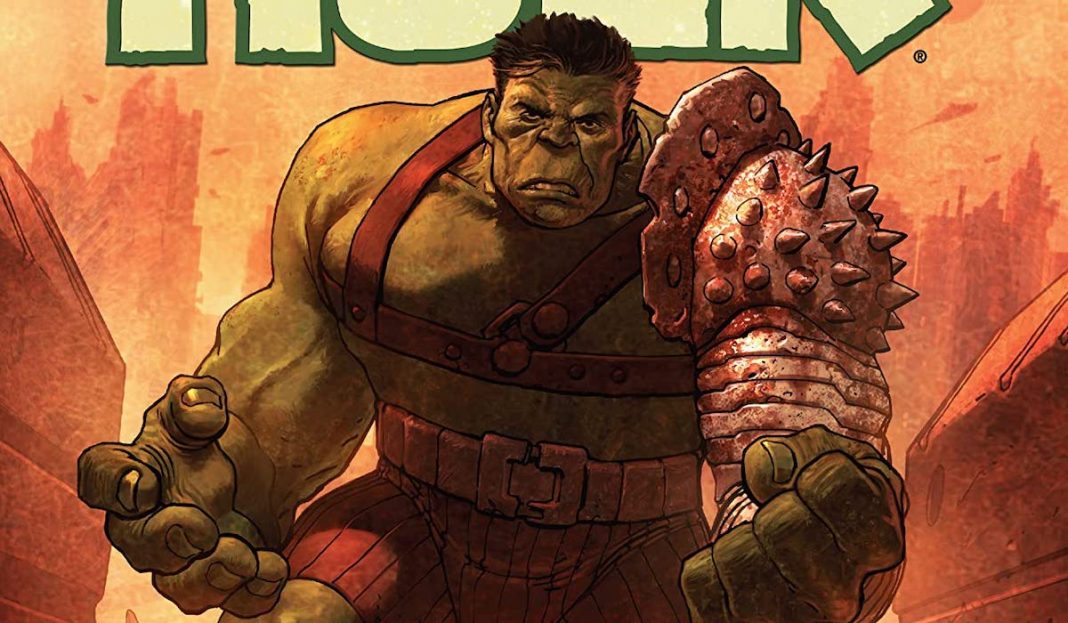
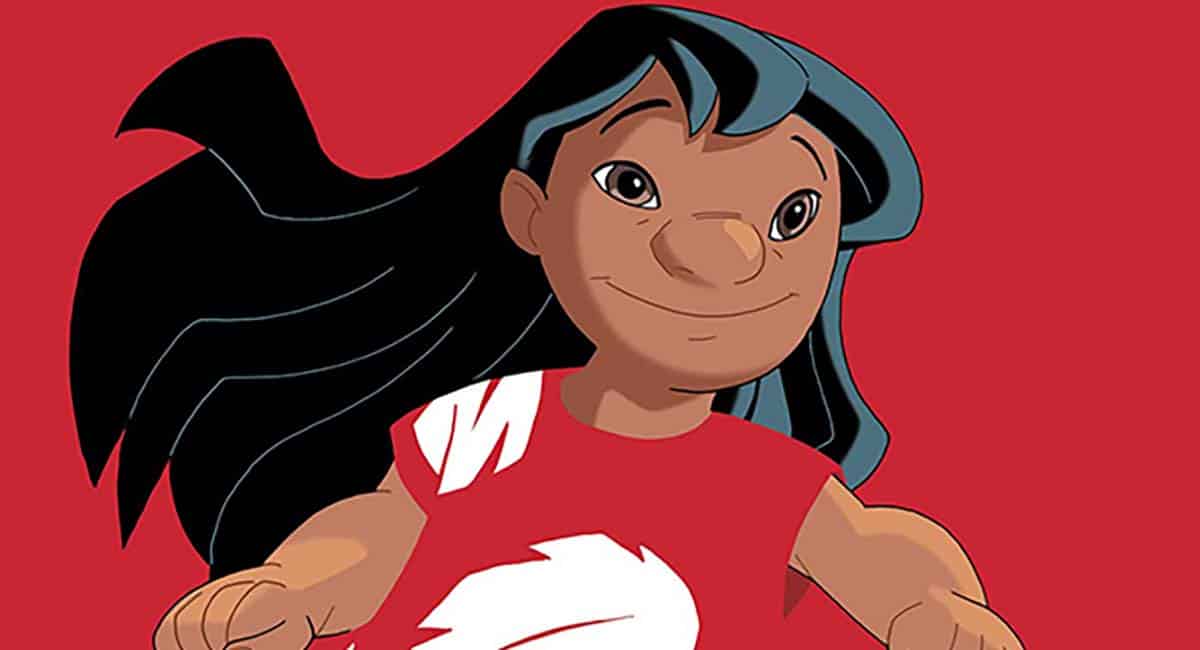
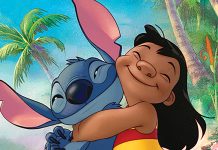
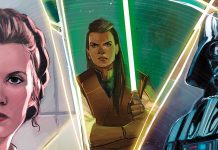



Planet Hulk was a good story, if you ignored the actions of the Illuminati in sending the Hulk there (some friends they are) and their not so small part in blowing the planet up.
Comments are closed.